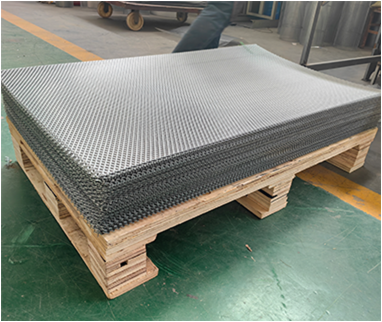 Tel:
+8615930870079
Tel:
+8615930870079
Dec . 14, 2024 04:30 Back to list
Optimizing Dust Cartridge Performance for Enhanced Air Quality and Equipment Longevity
Understanding Dust Cartridge The Unsung Hero of Clean Environments
In the modern age, cleanliness is not merely a matter of aesthetics; it directly correlates with health and productivity. One of the unsung heroes in the realm of maintaining clean environments is the dust cartridge. Often overlooked, dust cartridges play a crucial role in various applications, from industrial workplaces to residential settings, ensuring that air quality remains optimal and people stay healthy.
What is a Dust Cartridge?
A dust cartridge is a filter component designed to collect and trap dust particles from the air. These cartridges are commonly used in dust collection systems, where they function to enhance air quality by capturing pollutants and particulates that can be harmful to health. Common materials that are filtered include sawdust, pollen, pet dander, and other microscopic debris. Dust cartridges can vary in design and material, with some even being washable and reusable.
The Importance of Dust Cartridges
The significance of employing dust cartridges cannot be overstated. In industrial settings, the generation of dust is almost inevitable. In manufacturing processes, exposure to such particles can lead to respiratory issues, decreased productivity, and increased maintenance costs due to equipment fouling. By utilizing high-efficiency dust cartridges, companies can minimize these risks, ensuring a safer and cleaner working environment.
For residential uses, dust cartridges are typically found in vacuum cleaners and air purifiers. Pollutants like dust mites and allergens can exacerbate health conditions such as asthma or allergies. Using a vacuum with a high-quality dust cartridge can significantly reduce airborne allergens, creating a healthier atmosphere within homes.
Types of Dust Cartridges
Dust cartridges come in various types, each suited for specific applications. Some of the most common types include
dust cartridge

1. Micron Filters These cartridges are designed to capture fine particles. They are usually made from synthetic fibers or cellulose and are perfect for environments where ultra-fine dust needs to be contained.
2. HEPA Cartridges High-Efficiency Particulate Air (HEPA) cartridges can trap 99.97% of particles down to 0.3 microns in size. These are often recommended for users with allergies or respiratory conditions due to their superior filtration capability.
3. Electrostatic Filters These cartridges use electrostatic charge to attract and capture particles. They are reusable and can be effective for environments with significant particle emissions.
4. Cartridge Bags Some systems utilize bag-style cartridges, which can hold larger volumes of dust and particulates, making them suitable for heavy-duty applications.
Maintenance and Replacement
Like all filters, dust cartridges require regular maintenance and timely replacement to ensure optimal performance. Over time, these cartridges can become clogged, reducing airflow and compromising the system's efficiency. Regular inspection is vital; most manufacturers recommend replacing dust cartridges every 6 to 12 months, but this can vary based on the frequency of use and the environment in which they operate.
Conclusion
In conclusion, dust cartridges are an essential element in the quest for cleaner, healthier environments. They play a vital role in both industrial and residential settings, protecting individuals from the harmful effects of airborne particulates. Understanding the different types of dust cartridges and their applications can help users choose the right option for their specific needs. As we continue to prioritize cleanliness and health, investing in quality dust cartridges will remain a smart and necessary choice. Reliable air quality is crucial for nurturing both wellbeing and productivity, making dust cartridges not just a mere accessory, but a significant component of any effective dust management strategy.
-
Types and Applications of Air Filtration CartridgesNewsJul.28,2025
-
The Role of Gas Turbine FiltersNewsJul.28,2025
-
Mastering Air Filter Cartridge UseNewsJul.28,2025
-
Advanced Turbine Filters for Modern Gas TurbinesNewsJul.28,2025
-
Cellulose Air Filter Cartridge Advantages in Dust FiltrationNewsJul.28,2025
-
Cellulose Filters for Air Particle ReductionNewsJul.28,2025

 Email:
Email:





